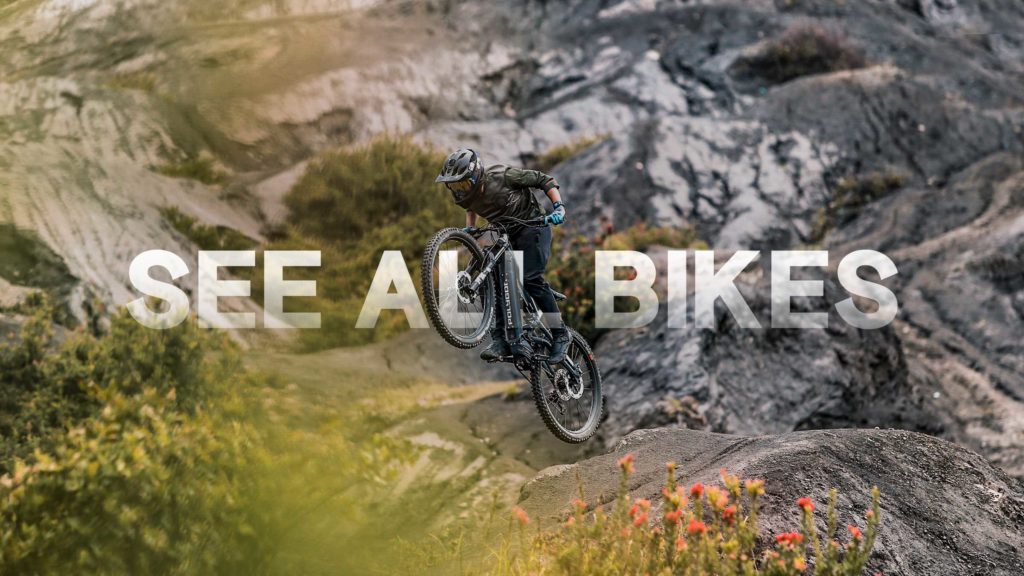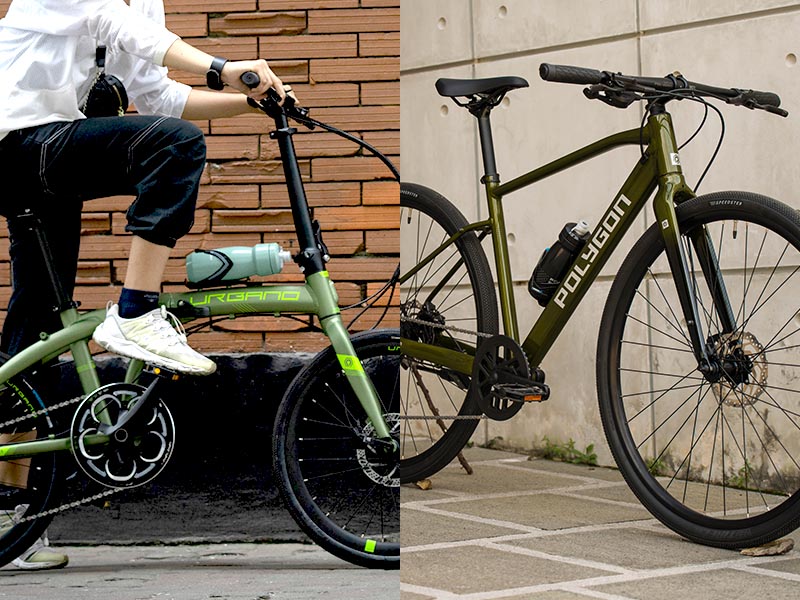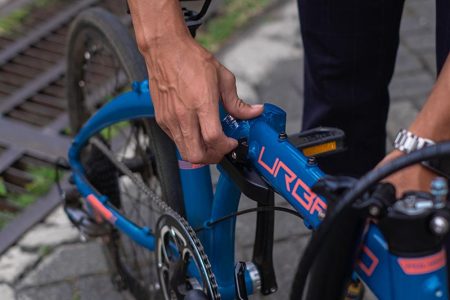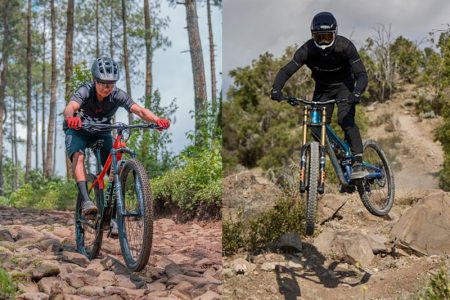Imagine zipping through bustling city streets, hopping onto a train, or tucking your bike into a cozy apartment without a hassle. This is where the debate of folding bikes vs regular bikes comes alive.
Folding bikes, with their compact charm, and regular bikes, with their classic reliability, both have a place in urban life. But which one fits your daily rhythm?
This guide compares portability, comfort, performance, and storage to help cyclists worldwide choose the perfect ride with a human touch, crafted for seamless urban adventures.
Why Folding Bikes vs Regular Bikes Matters
Cities pulse with energy, and your bike needs to keep up. Whether you’re dodging traffic to get to work, running errands, or exploring new neighborhoods, your ride should feel like an extension of you.
Folding bikes vs regular bikes isn’t just about gear—it’s about finding a bike that matches your lifestyle. Folding bikes offer space-saving convenience, while regular bikes deliver timeless performance. Let’s dive into how each stacks up, so you can roll through your day with ease and confidence.
#1 Portability: Go Anywhere, Anytime
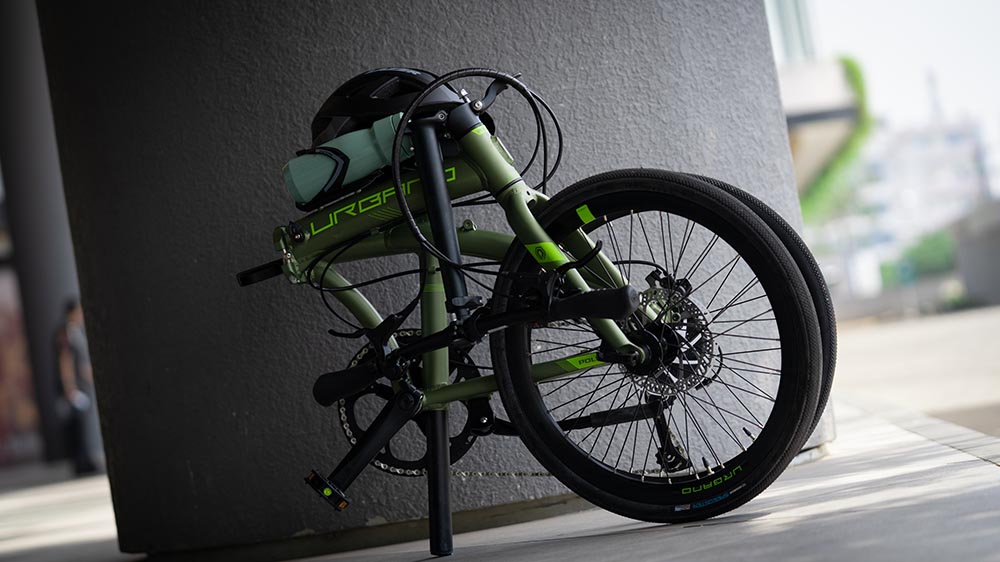
Urban commuting often means juggling buses, trains, or elevators. Regular bikes, like sturdy hybrids or sleek road bikes, shine on open paths, offering a smooth ride from point A to point B.
But their full-size frames can feel bulky when climbing stairs or squeezing into crowded subways, especially in cities with limited bike parking.
The foldable bicycle, by contrast, is built for flexibility. Folding in seconds, it shrinks to a size you can carry onto public transit or tuck into a car trunk. Imagine stepping off a train, unfolding your bike, and zipping to the office without missing a beat.
This portability makes folding bikes a game-changer for multi-modal commuters, removing barriers and making urban cycling seamless. In this comparison, folding bikes take the crown for on-the-go convenience.
#2 Comfort: Feeling Good on Every Ride
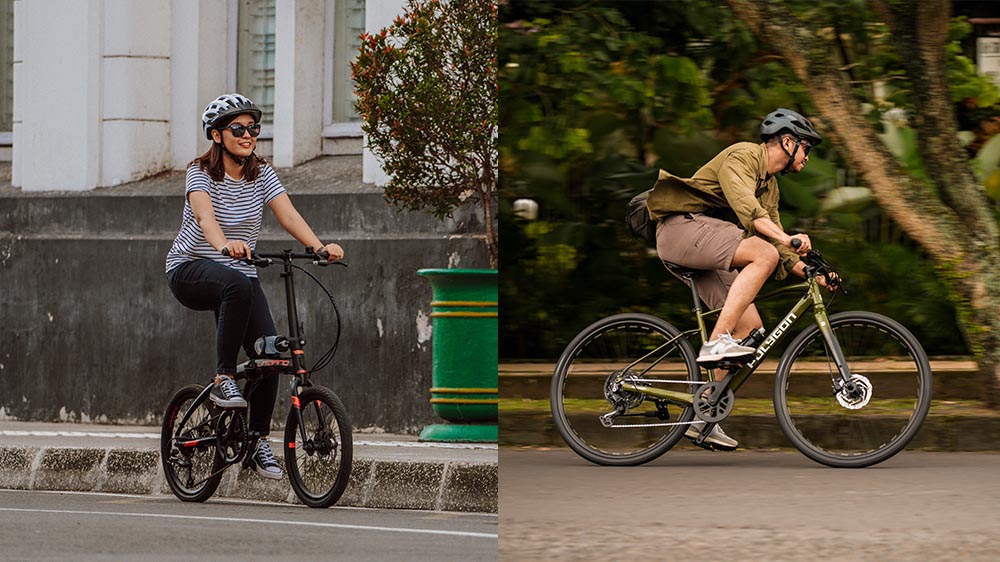
There’s nothing like the joy of a comfortable ride. Regular bikes, with larger wheels (26–29 inches) and stable frames, are designed for comfort over longer distances.
Whether you’re cruising through a city park or tackling a longer commute, their geometry absorbs bumps and keeps you steady, offering a natural, relaxed posture that’s perfect for riders who love a classic cycling vibe.
Folding bikes have evolved to rival this comfort. Brands like Polygon craft models with adjustable handlebars and seat posts, letting you dial in a personalized fit.
Their smaller 20-inch wheels make rides feel lively and responsive, though they may pick up more road chatter on uneven streets.
For short urban trips, this nimbleness is a blast. While regular bikes lead for long rides, this comparison shows folding bikes deliver plenty of comfort for quick city spins, blending practicality with a fun ride feel.
#3 Performance and Style: Speed Meets Urban Flair
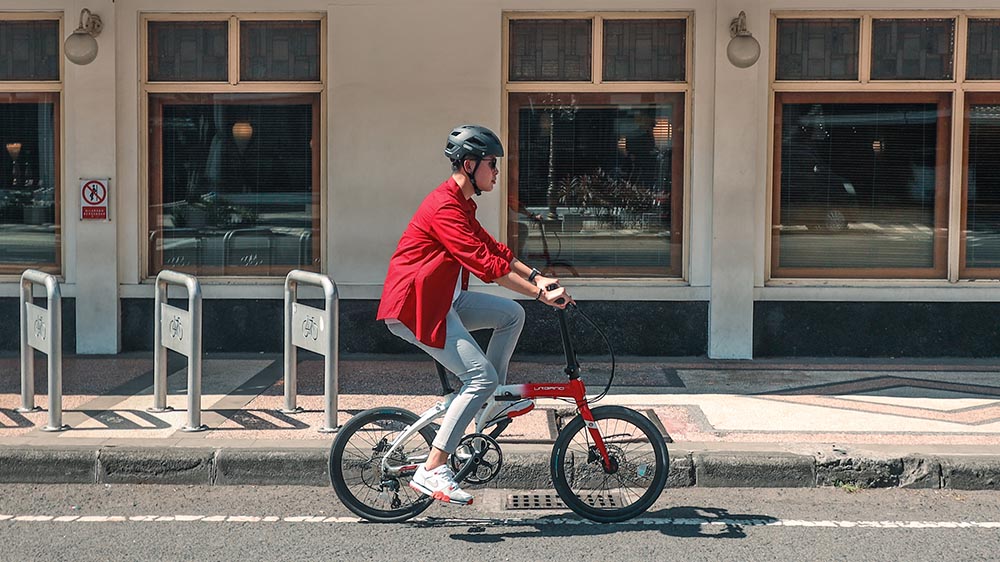
When it comes to performance, regular bikes have a natural edge. Their larger wheels roll more efficiently, and their frames, optimized for stability or speed, shine on open roads or trails.
Urban hybrids and road bikes are built for performance, with advanced gearing and aerodynamics that make longer or faster rides a breeze. They’re perfect for cyclists chasing distance or a sporty feel.
Folding bikes, like the foldable bicycle models from Polygon, prioritize urban agility over raw speed. They’re quick off the line, weaving through traffic with ease, and can hit 12–15 mph—more than enough for city commutes.
Style-wise, both bikes offers a contrast: regular bikes boast a timeless, sporty look with lean frames and big wheels, while folding bikes bring a sleek, modern aesthetic that turns heads at cafés or transit stops. If speed’s your goal, regular bikes lead; if you want smart, stylish mobility, folding bikes shine.
#4 Storage: Making Space in Your Life
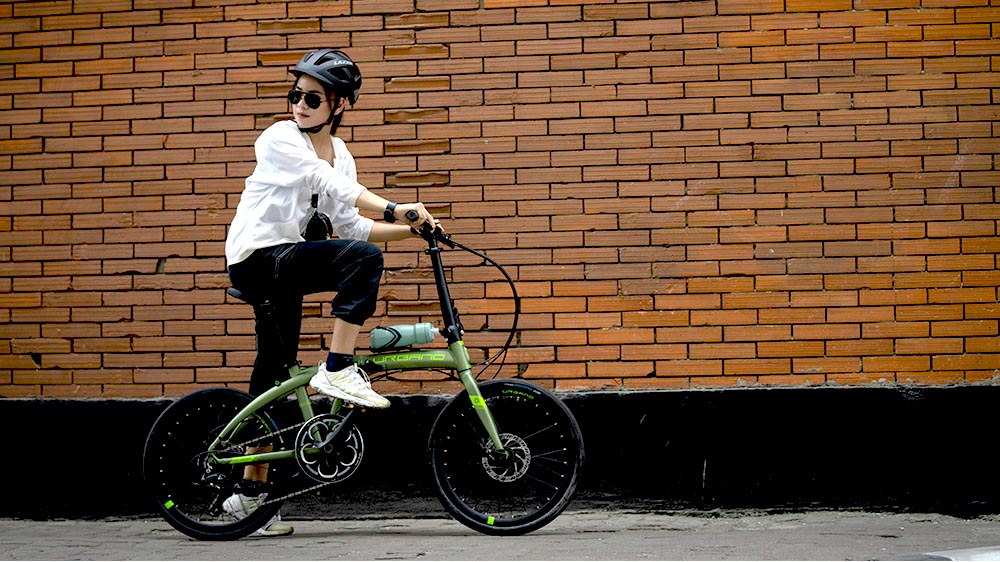
City living often means tight spaces—think small apartments, shared hallways, or cramped offices. Regular bikes demand room, whether it’s a garage, bike rack, or wall mount. Storing them outdoors risks theft or weather damage, adding stress to urban cycling.
The foldable bicycle solves this with its compact design. When folded, it slips into closets, under desks, or beside furniture, no racks needed. This space-saving design makes these bikes a clear win for urban dwellers.
Plus, folding bikes integrate seamlessly with public transit, fitting into train compartments or bus luggage areas, enhancing multi-modal travel. For anyone balancing space constraints, folding bikes are a lifesaver.
Which Bike Is Right for You?
Choosing between a folding bike and a regular bike comes down to your lifestyle, commuting needs, and how you move through the city. Both options offer unique benefits tailored to different types of urban riders. Here’s a breakdown to help you decide.
Choose a Folding Bike If…
- You commute using multiple modes of transport.
If your daily route involves hopping on buses, trains, or subways, a folding bike offers seamless integration with public transit. - You live in a small space.
Apartment dwellers, especially in cities with limited storage, will appreciate how a foldable bike tucks neatly into closets, under desks, or beside furniture—no wall mounts or bike racks needed. - You travel frequently or need portability.
Whether you’re a frequent flyer, camper, or city explorer, folding bikes are compact enough to pack in car trunks or checked luggage. - You want a modern, minimalist aesthetic.
Folding bikes are sleek and stylish, often drawing attention for their innovative design—perfect for riders who love clean lines and urban flair. - You ride short distances in stop-and-go traffic.
Folding bikes are nimble, quick to accelerate, and ideal for navigating busy streets or short commutes around town.
Choose a Regular Bike If…
- You ride longer distances or need speed.
Regular bikes, such as road bikes or hybrids, are optimized for efficiency and speed, making them ideal for long commutes, weekend rides, or fitness-focused cycling. - You prioritize ride comfort and stability.
With larger wheels and stable frames, regular bikes handle bumps better and support a more relaxed, natural posture—great for longer trips. - You have ample storage space.
If you have a garage, bike shed, or designated storage area, a full-sized bike won’t be a burden. - You enjoy versatility across different terrains.
From city streets to park paths or occasional trails, regular bikes offer greater adaptability for varied terrain and ride styles. - You prefer the classic cycling experience.
If you love the look and feel of a traditional bike, with its sturdy frame and smooth ride, a regular bike delivers that timeless cycling vibe.
Read also
- Guide to Buying a Folding Bike
- Are Folding Bikes Tour-Ready?
- Commuter Bike Selection for Urban Areas
The Verdict: Your Urban Ride Awaits
In the folding bikes vs regular bikes debate, there’s no one-size-fits-all. Regular bikes excel for speed, comfort, and longer rides, offering a classic cycling experience for open trails or extended commutes.
Folding bikes, like urban superheroes, shine in tight spaces, multi-modal commutes, and modern city life, making cycling accessible and stress-free.
Your choice depends on how you move. Do you need a bike that folds into your busy schedule, slipping into trains or small apartments? Or one that powers through longer journeys with stability and speed? Whatever your vibe, there’s a bike that feels like home.
Start Your Cycling Journey Today
Whether you’re drawn to the sleek practicality of a foldable bicycle or the timeless power of a regular bike, your urban adventure starts here.
Brands like Polygon offer folding bikes and urban hybrids designed for style and function, perfect for navigating city streets worldwide. Head to a local bike shop, take a test ride, and find the ride that matches your rhythm. Hit the streets and make every commute your own!


